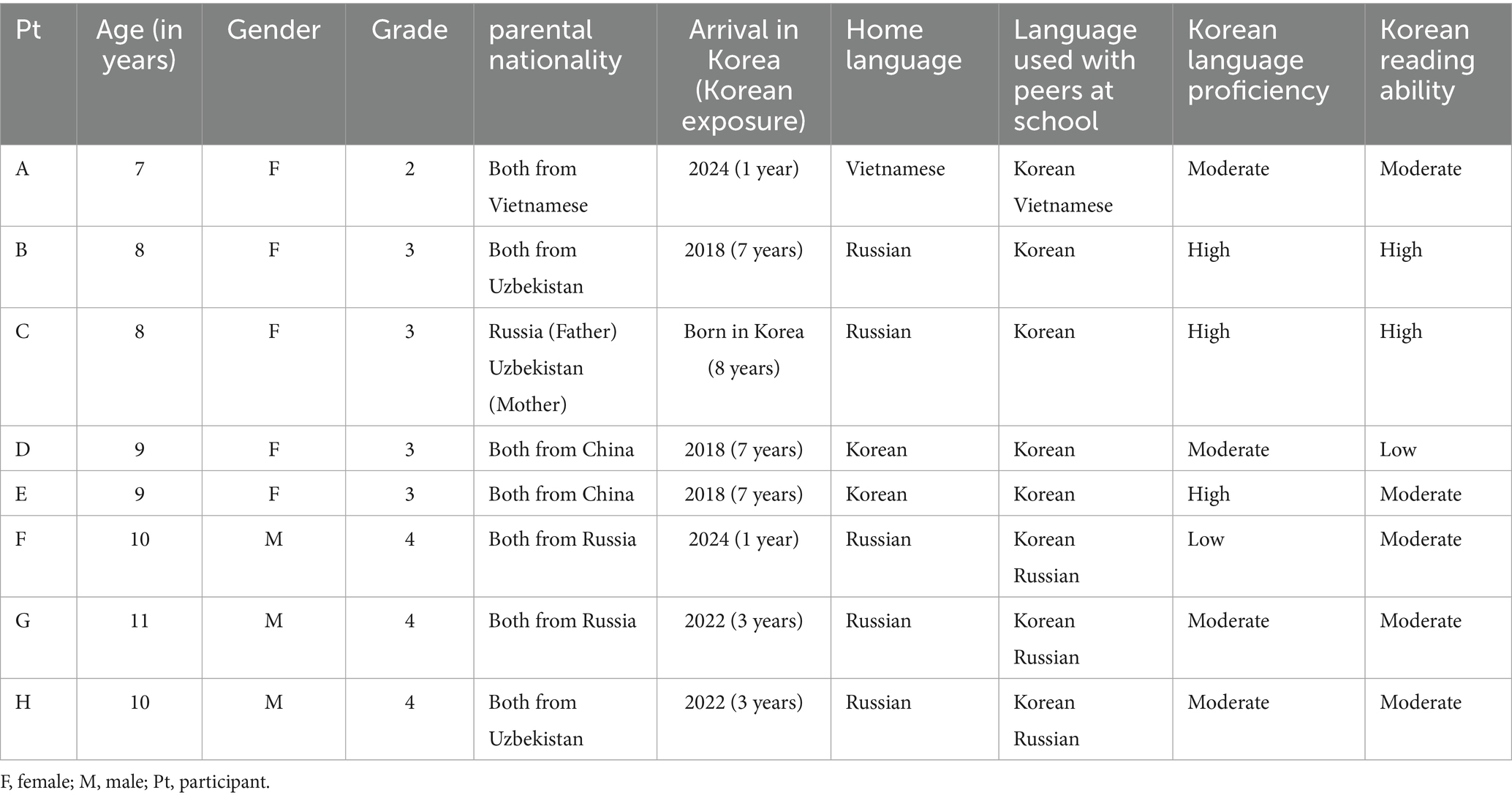Analysis of University of California Graduate Degree Outcomes and Contribution to Sustainable Development Goals
Introduction and Methodology
A comprehensive analysis of graduate degree outcomes for University of California (UC) alumni who completed bachelor’s degrees between 2001 and 2018 has been conducted. The dataset was compiled by matching UC undergraduate records with data from the National Student Clearinghouse. This report examines these outcomes through the lens of the United Nations Sustainable Development Goals (SDGs), highlighting the UC system’s contribution to global progress.
Overall Graduate Attainment and Contribution to SDG 4: Quality Education
The data indicates a strong commitment to lifelong learning opportunities, a key target of SDG 4 (Quality Education). A significant 36% of UC undergraduates pursue a graduate degree, a rate substantially higher than the 14% average for U.S. adults aged 25 to 45.
- UCLA: Leads the system with 42% of alumni obtaining a graduate degree.
- UC Berkeley: Follows with a 39% graduate degree attainment rate.
- UC San Diego: Reports a 38% graduate degree attainment rate.
These figures underscore the UC system’s role in fostering an educated populace equipped with advanced knowledge and skills, directly supporting the aim of ensuring inclusive and equitable quality education.
Analysis of Specialized Degrees and Support for Specific SDGs
The distribution of specialized graduate degrees across UC campuses reveals distinct strengths that align with various SDGs, demonstrating how higher education directly fuels progress in health, economic growth, innovation, and justice.
Medical Degrees: Advancing SDG 3 (Good Health and Well-being)
The production of medical professionals is critical to achieving SDG 3. Several UC campuses serve as primary pipelines for future healthcare leaders.
- UCLA: 8% of alumni pursue medical degrees.
- UC San Diego: 7% of alumni pursue medical degrees.
- UC Irvine: 7% of alumni pursue medical degrees.
Business Degrees: Fostering SDG 8 (Decent Work and Economic Growth)
By preparing graduates for leadership roles in business and management, the UC system contributes to sustainable economic growth and productive employment, central tenets of SDG 8.
- UC Riverside: Leads with 5% of alumni enrolling in MBA programmes.
- UC Irvine, Berkeley, San Diego, and UCLA: Each report approximately 4% of alumni pursuing business degrees.
Doctoral Degrees: Driving SDG 9 (Industry, Innovation, and Infrastructure)
Doctoral graduates are essential for scientific research and innovation, which are foundational to SDG 9. UC Berkeley, in particular, stands out as a major contributor to the global research community.
- UC Berkeley: 6% of alumni complete doctoral degrees.
- UC San Diego: 4% of alumni complete doctoral degrees.
- UCLA: 4% of alumni complete doctoral degrees.
Law Degrees: Supporting SDG 16 (Peace, Justice, and Strong Institutions)
Graduates with law degrees are vital for building effective, accountable, and inclusive institutions, directly supporting the objectives of SDG 16.
- UCLA: 5% of alumni pursue law degrees.
- UC Berkeley: 5% of alumni pursue law degrees.
- UC Santa Barbara and UC San Diego: Each report 3% of alumni pursuing law degrees.
Master’s Degrees: Broadening Commitment to SDG 4 (Quality Education)
The largest single category of graduate degrees is Master’s degrees in various other disciplines, reflecting a broad commitment to advanced education under SDG 4.
- UC Riverside: 22% of alumni obtain a Master’s degree.
- UC San Diego, UCLA, UC Santa Cruz, and UC Irvine: Each report approximately 21% of alumni obtaining a Master’s degree.
Analysis of Sustainable Development Goals in the Article
1. Which SDGs are addressed or connected to the issues highlighted in the article?
The primary Sustainable Development Goal (SDG) addressed in the article is:
- SDG 4: Quality Education
- The article focuses entirely on educational outcomes, specifically the progression of undergraduate students to graduate-level programmes (tertiary education). It analyzes data on the percentage of alumni from the University of California system who pursue advanced degrees such as master’s, doctorates, law, and medical degrees. This directly relates to the goal of ensuring inclusive and equitable quality education and promoting lifelong learning opportunities for all.
2. What specific targets under those SDGs can be identified based on the article’s content?
Based on the article’s focus on higher education outcomes, the following specific targets under SDG 4 can be identified:
- Target 4.3: Ensure equal access for all women and men to affordable and quality technical, vocational and tertiary education, including university.
- The article directly addresses this target by providing comprehensive data on the outcomes of tertiary education. It quantifies the proportion of university graduates who access further tertiary education in the form of graduate degrees. The statement, “Overall, 36% of University of California undergraduates obtain a graduate degree,” is a clear measure of continued access to and participation in advanced university education.
- Target 4.4: Substantially increase the number of youth and adults who have relevant skills, including technical and vocational skills, for employment, decent jobs and entrepreneurship.
- This target is relevant because the graduate degrees discussed (medical, law, business, doctorate) are pathways to acquiring highly specialized and relevant skills for professional employment. The article details the percentage of alumni acquiring these specific skills, for example, “UCLA leads the UC system with the highest overall share of alumni obtaining graduate degrees at 42%,” and breaks this down into specific fields like medicine, business, and law, which are directly linked to professional careers.
3. Are there any indicators mentioned or implied in the article that can be used to measure progress towards the identified targets?
Yes, the article is rich with quantitative data that serves as direct indicators for measuring progress towards the identified targets.
- Indicators for Target 4.3:
- The article provides a clear indicator for measuring participation in tertiary education: the percentage of undergraduate alumni who obtain a graduate degree. The overall rate is stated as “36% of University of California undergraduates.”
- Furthermore, it provides disaggregated data by institution, such as “UCLA leads the UC system with the highest overall share of alumni obtaining graduate degrees at 42%. UC Berkeley follows closely at 39%.” This campus-level data can be used to track and compare access and outcomes across different institutions.
- Indicators for Target 4.4:
- The article provides specific indicators for the acquisition of relevant professional skills by detailing the proportion of alumni who pursue specific types of advanced degrees. These serve as proxies for skill attainment in various professional fields.
- Examples include:
- Medical Skills: “UCLA also tops the list with 8% of its alumni pursuing postgraduate medical qualifications.”
- Business Skills: “UC Riverside sends the highest share of alumni to MBA programmes, with 5%.”
- Research/Academic Skills: “Doctorate degrees are most common among Berkeley alumni, with 6% completing PhDs.”
- Legal Skills: “UCLA and Berkeley each have 5% of alumni going into law school.”
4. Summary Table of SDGs, Targets, and Indicators
| SDGs | Targets | Indicators |
|---|---|---|
| SDG 4: Quality Education | Target 4.3: Ensure equal access for all women and men to affordable and quality technical, vocational and tertiary education, including university. |
|
| SDG 4: Quality Education | Target 4.4: Substantially increase the number of youth and adults who have relevant skills, including technical and vocational skills, for employment, decent jobs and entrepreneurship. |
|
Source: timesofindia.indiatimes.com







